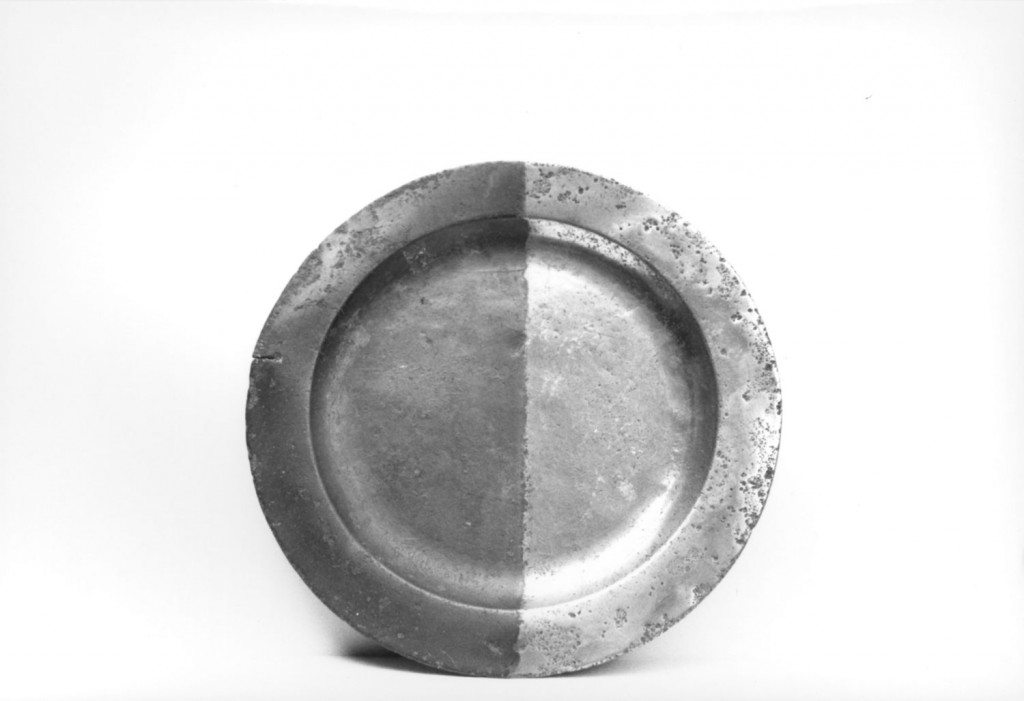Making Pewter
Image: A partly cleaned pewter plate showing the surface corrosion which develops on pewter if neglected. Problems like this reduced the life span of the product. For this and other reasons, pewter products were recycled, leaving few surviving examples of pewterware before the 18th century.
[Image from: Bewdley Museum]
Pewter has a low melting point at 238 degrees centigrade. As a soft metal it is easy to work, but also easy to damage and prone to deterioration. One dimension of the industry was the recycling of pewter products. Consumers could obtain a reduction of up to a third in the price per pound by weight if they returned their broken, tarnished or unwanted items to a dealer.
The traditional method of manufacturing was by gravity casting. Molten metal was poured into a casting mould which was made from bronze or iron. The surface of the mould was coated with a release agent, red ochre and white of egg and pumice powder. Flatware or sadware such as plates, dishes and spoons were cast in two-part moulds. After cooling they were hammered in the “booge”, the curved part of the product between its rim and the bowl, and polished on a lathe. Hollowware such as tankards, candlesticks and boxes were created from several castings which were then soldered together before smoothing, decorating and polishing on a lathe. Techniques changed little before the late 18th century, when Britannia metal, a variation of traditional pewter was made by cold rolling metal sheets from ingots.
« Previous in this sectionNext in this section »Continue browsing this section
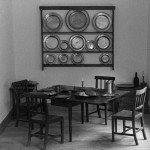 An Innovative Metal Industry: Pewter and Mass Production in Bewdley
An Innovative Metal Industry: Pewter and Mass Production in Bewdley
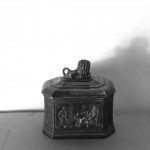 Bewdley’s Importance for the Pewter Industry
Bewdley’s Importance for the Pewter Industry
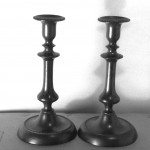 Using Pewter
Using Pewter
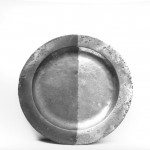 Making Pewter
Making Pewter
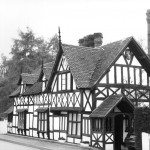 Local Origins
Local Origins
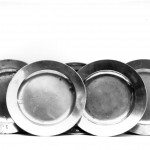 John Duncumb and Mass Production
John Duncumb and Mass Production
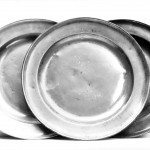 John Duncumb and Mass Production
John Duncumb and Mass Production
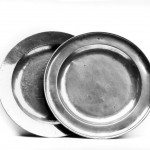 John Duncumb and Mass Production
John Duncumb and Mass Production
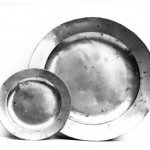 The mid 18th Century: Stynt Duncumb
The mid 18th Century: Stynt Duncumb
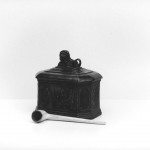 The late 18th Century: John Ingram
The late 18th Century: John Ingram
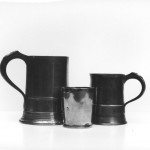 The late 18th Century: John Ingram and Charles Hunt
The late 18th Century: John Ingram and Charles Hunt
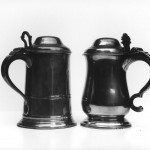 The late 18th Century: John Ingram and Charles Hunt
The late 18th Century: John Ingram and Charles Hunt
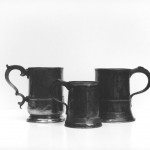 The early 19th Century: Crane and Stinton
The early 19th Century: Crane and Stinton
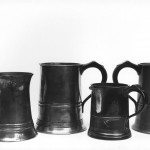 The early 19th Century: Joseph Morgan
The early 19th Century: Joseph Morgan
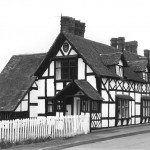 Decline
Decline



